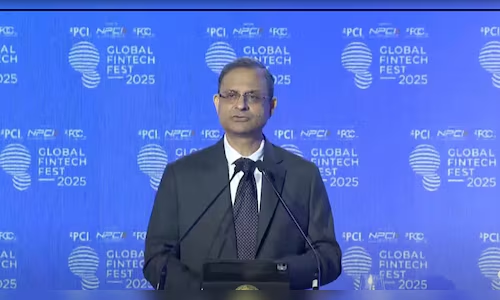The five key thoughts of the Governor of RBI for the Finchs
Build for inclusion – Malhotra has urged fintechs to improve access to the less developed regions of India, designing intuitive and easy -to -use products for populations with lower digital literacy.
Adopt a client -focused approach – He encouraged companies to create experiences without friction so that customers rarely need to rely on support, reduce pain of pain and improve commitment.
Innovate – Fintech should extend the success of digital payments to small businesses and other poorly served segments, by exploring new products and services that improve financial accessibility.
Prioritize – Compliance, data protection, transparency and robust guarantees should be at the heart of product design to promote user confidence.
Think of the local and anchored world – Malhotra highlighted the importance of exchanging knowledge with international partners while strengthening the role of India in the global digital finance landscape.
During the event, Malhotra pointed out that the digital payments ecosystem of India has matured quickly, daily UPI transactions now representing half of the world payments in real time. “Now it takes a few minutes to do something that took months, such as producing statements, thanks to data availability,” he said.
The chief of RBI also highlighted technological initiatives such as Digilocker and the computer thorn that made it possible to implement the TPS.
Support innovation through RBI initiatives
Malhotra noted that RBI continues to take charge of the growth of finch via programs such as exclusive internet fields, the Hunter Initiative Mule and a Fintech repository which allows startups to operate widely outside of regulatory constraints.
Work is also underway on an intelligence platform on digital payments, while initiatives such as the unified market interface (ULI) are historical stages of data aggregation, allowing companies to take advantage of government data sets for smarter solutions.
Read also: Status of developed nation, 30 to 35 billions of economic dollars by 2047 at hand: Piyush Goyal









